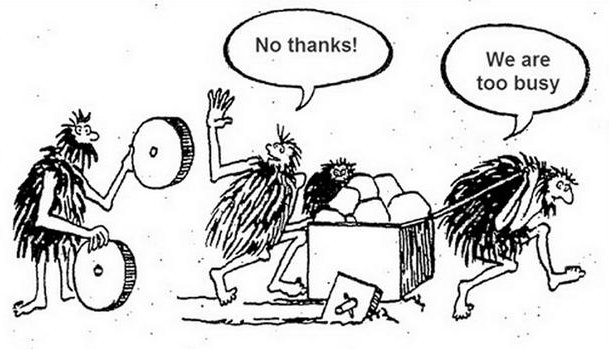At its core, the way we make money is simple: We sign leases with tenants, get their registers ringing and pocket the rents.
Ever wonder, then, why leasing is such a slow-moving process? By conventional means, it takes nine months to a year to finalize a lease with an anchor tenant. Factor in the time before and after lease negotiation and it can take up to two years between space identification and sales commencement. The slug-like pace benefits just one party: the lawyers.
There was a time when this made more sense, back when the retail business, and the world, moved slower. We lament that our retailers aren’t moving fast enough to meet customer demand, but are landlords moving fast enough to meet the demands of their customers – the retailers?
We don’t think so.
We recently spoke with an expanding mid-box retailer who confirmed the typical 24-month timeline, but told us about the one time it only took seven months from space identification to sales commencement.
What would it take for us to regularly cut our leasing timelines by 2/3? To start, both sides will need to give some ground. Owners are already making peace with shorter leases and more uncertainty; moving forward, tenants will have to surrender exclusivity clauses to allow for more flexible merchandizing; nor will it be realistic for them to ask landlords to build out their stores at great expense without commensurate term.
But more than all of this is urgency. Leasing is how we make money, and we need greater efficiency throughout the process. It’s clear that a lease should never ever sit on someone’s desk, but don’t forget about prepping vacant space for showings and tightening tenant coordination. I believe we can triple the speed and efficiency of historical norms, but we need to align our people, processes and systems to make it happen because speed benefits everyone involved in the transaction.
Landlords and Tenants aren’t on opposite sides of the table anymore. They’re on the same side – opposite Amazon.








